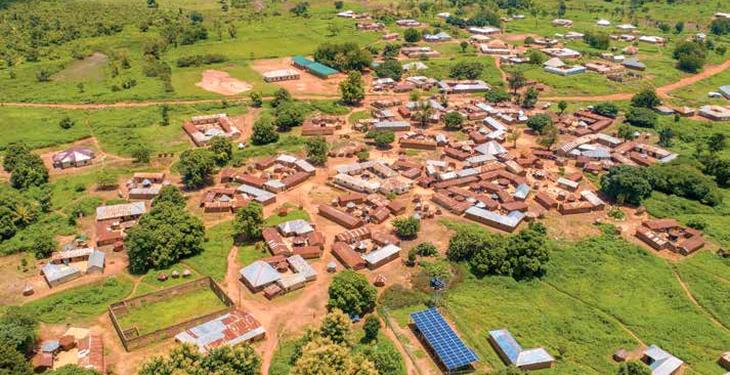About 1.2 billion people will have to gain access to electricity in order to achieve universal access by 2030. The only way to achieve this is through a combination of expanding core networks, micro-networks and off-grid photovoltaic systems.
According to World Bank’s “Mini Grids for Half a Billion People: Market Outlook and Handbook for Decision Makers” report, quoted by the CNR-CME, micro-networks could supply electricity to about 500 million people by 2030, helping to bridge the access gap to energy. Lowering costs, dramatically increasing quality of services and favorable business environments have made modern micro-networks a scalable option to complement existing networks and solar home systems.
Estimates show that in order to gain universal access to electricity by 2030, 40% of installed capacity will have to come from micro-networks. Currently, total investment in micro-networks in countries with low access to electricity in Africa and Asia is $ 5 billion. It is estimated that $ 220 billion is needed to connect 500 million people to 210,000 micro-networks in these regions by 2030
In addition to being cost effective, micro-networks have many other benefits. These have a positive impact on the environment: 210,000 micro-networks powered by solar energy would help avoid emissions of 1.5 billion tonnes of CO2 emissions globally.
